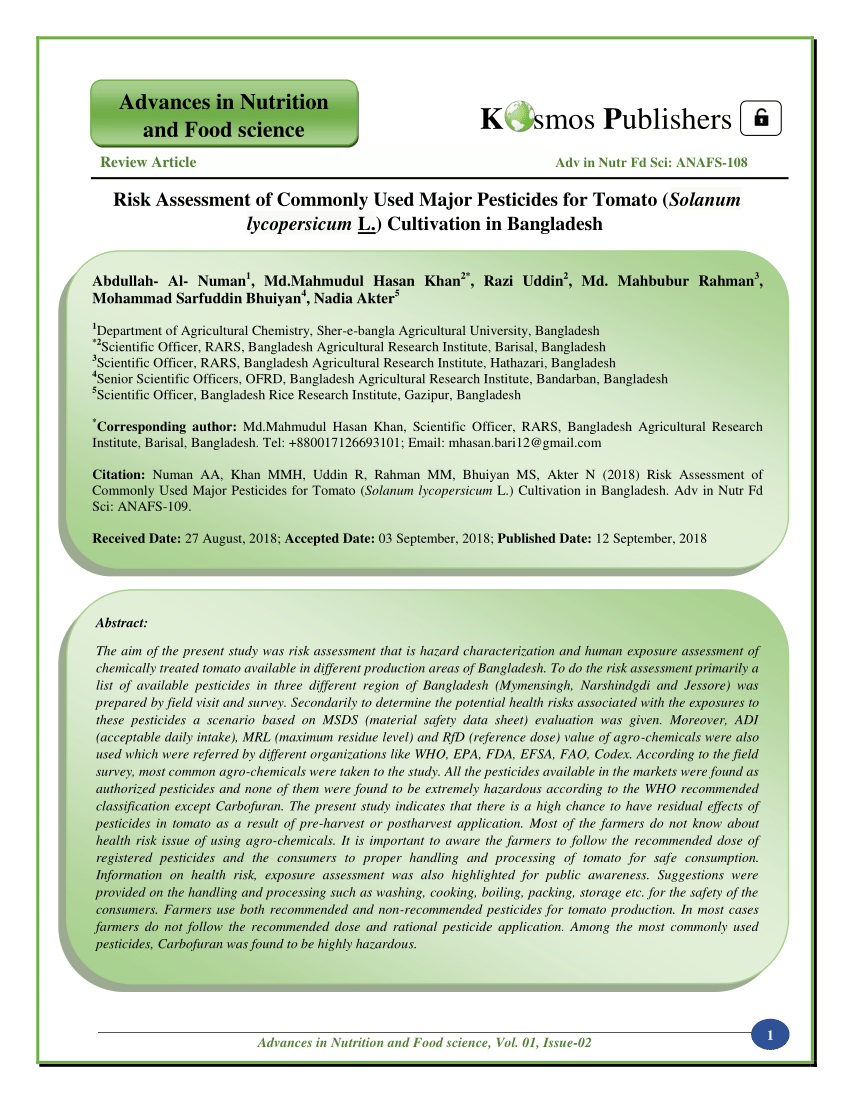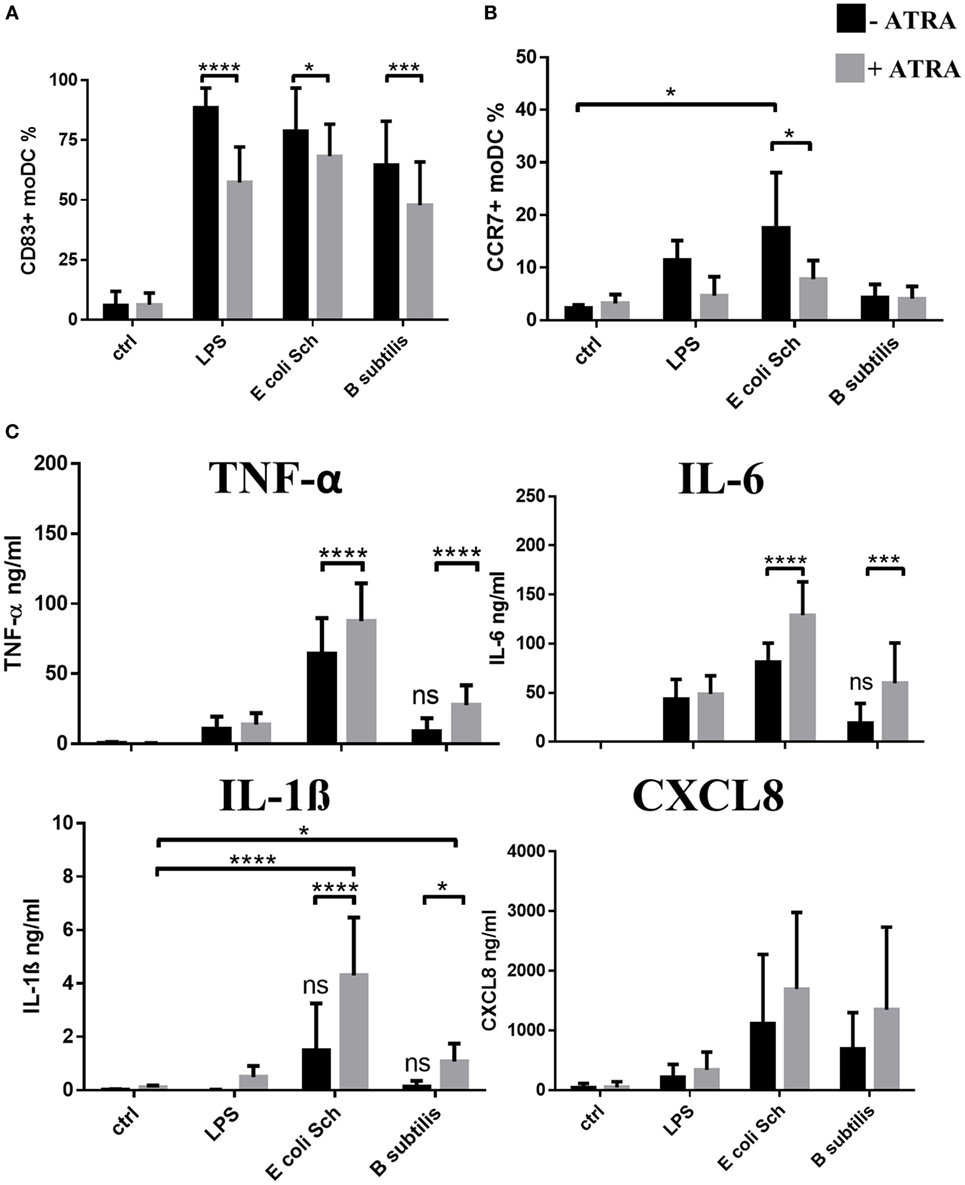

However, the term “effect” carries a causal meaning that can be confounded because of potential genetic associations between the microbiome and production traits. The effect of the cecal microbiome on growth of rabbits that were fed under different regimes has been studied previously. It highlights the importance of offering a controlled breeding environment that reduces differences in microbial cecal composition that could be responsible for different animal performance. The level of feeding and the presence of antibiotics did not modify the global alpha diversity but had an impact on some bacteria relative abundances, albeit in a small number of taxa compared with farm, which is consistent with the lower sample classification power according to these factors achieved using microbial information.Ĭonclusions: This study reveals that factors associated with the farm effect and other management factors, such as the presence of antibiotics in the diet or the feeding level, modify cecal microbial communities. Furthermore, only five OTUs were needed to achieve a perfect classification of samples according to the facility where animals were raised.

Bootstrap univariate analyses of variance and sparse partial least squares-discriminant analyses endorsed that farm conditions exerted an important influence on rabbit microbiota since the relative abundances of many taxa were found differentially represented between both facilities at all taxonomic levels characterized. The animals raised in the facility harboring the most stable environmental conditions had greater, and less variable, microbial richness and diversity. Different univariate and multivariate approaches were conducted to unravel the influence of the different factors on microbial alpha diversity and composition at phylum, genus and OTU taxonomic levels.


A 16S rRNA gene-based assessment through the MiSeq Illumina sequencing platform was performed on cecal samples collected from these individuals at slaughter. Results: Four hundred twenty-five meat rabbits raised in two different facilities, fed under two feeding regimes (ad libitum or restricted) with feed supplemented or free of antibiotics, were selected for this study. Characterization of microbial diversity and composition of growing rabbits raised under different conditions could help better understand the role these practices play in cecal microbial communities and how it may result in different animal performance. While previous studies have proved the impact of the age or the feed composition, research in the breeding farm and other animal management aspects, such as the presence of antibiotics in the feed or the level of feeding, is still needed. Background: The effect of the production environment and different management practices in rabbit cecal microbiota remains poorly understood.


 0 kommentar(er)
0 kommentar(er)
